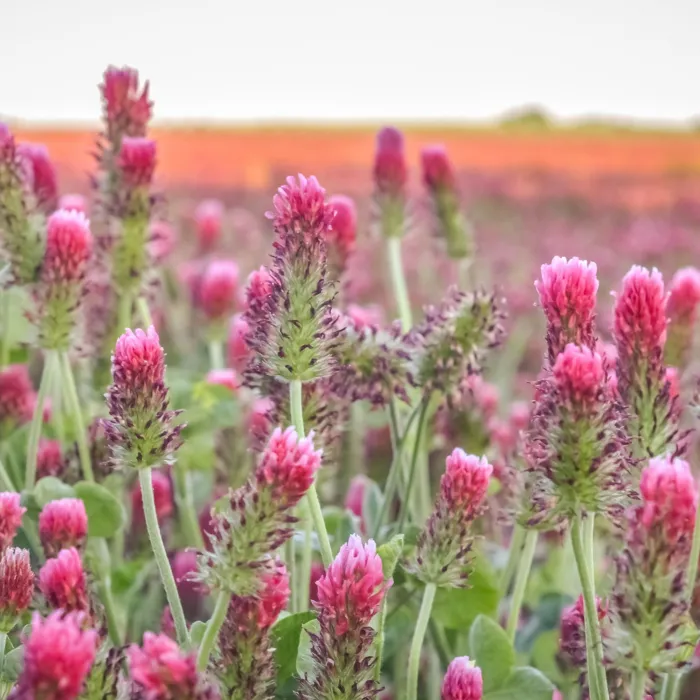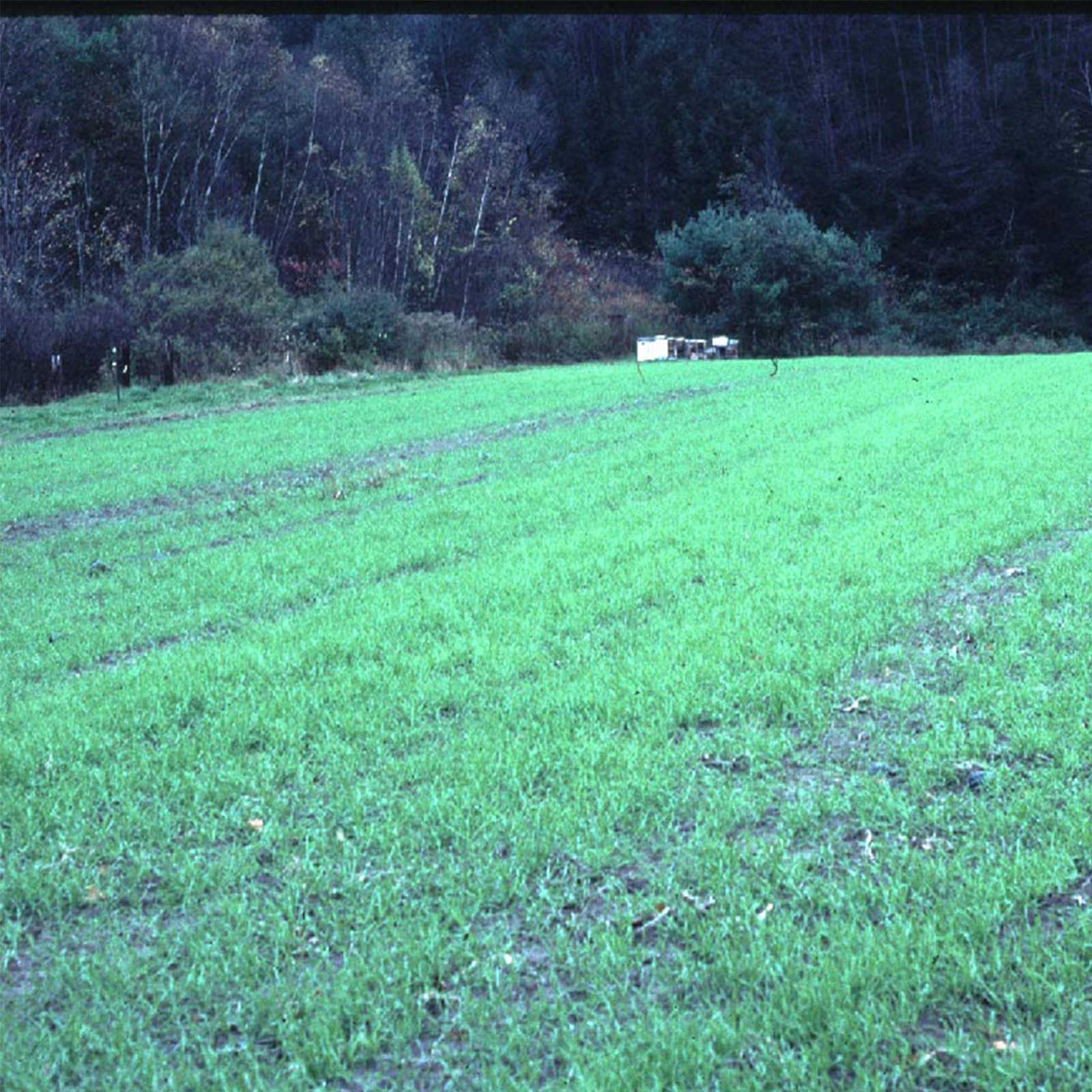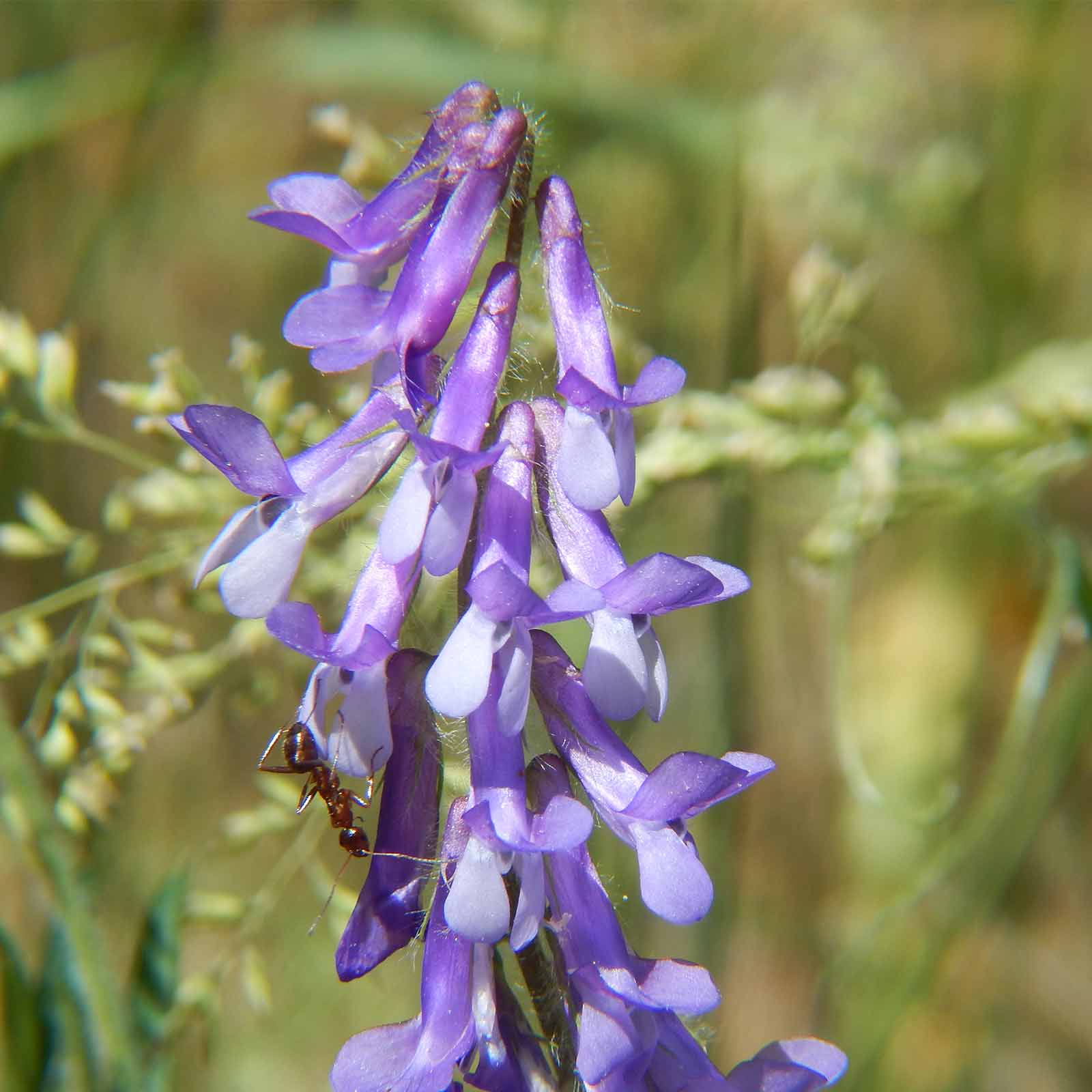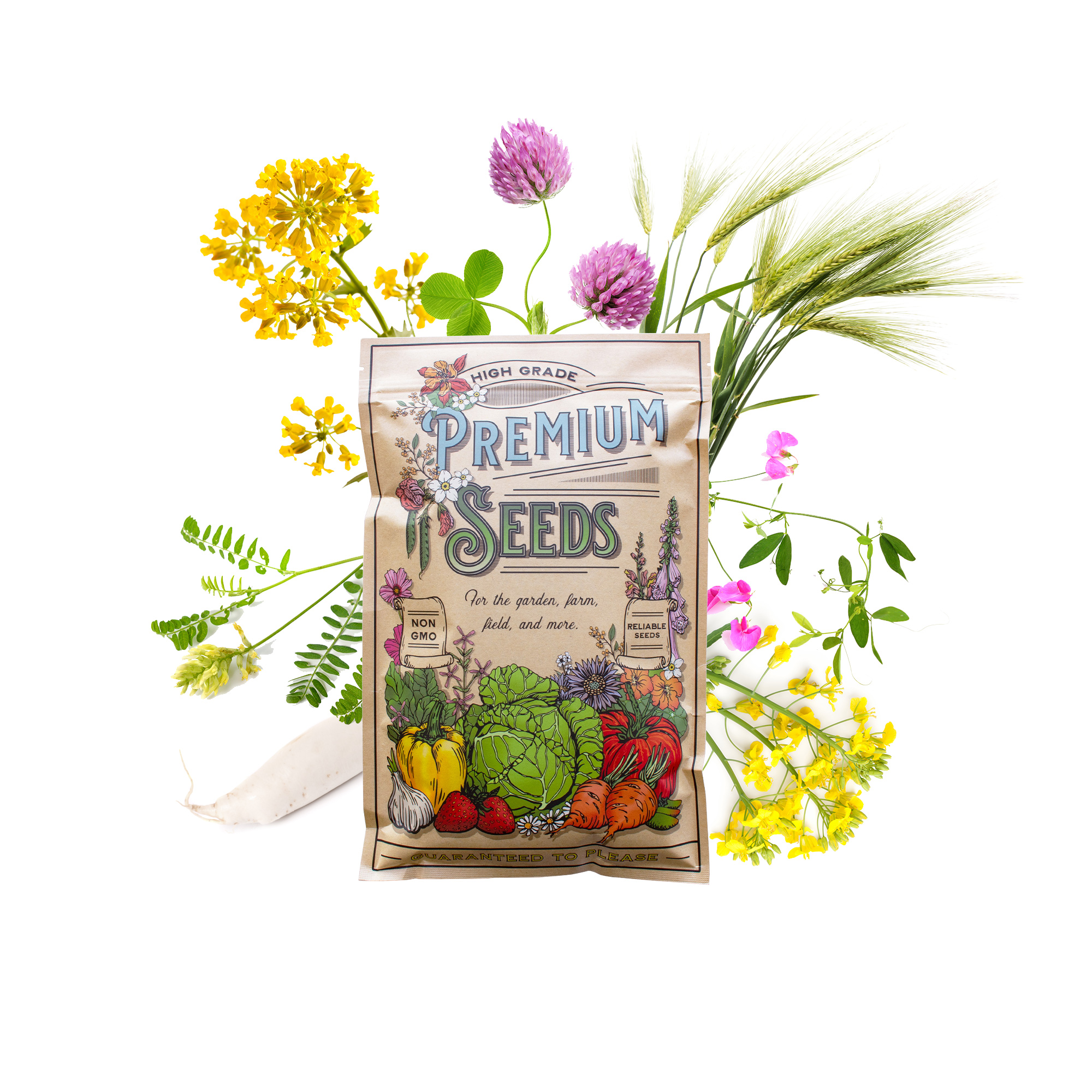Why Plant Cover Crops in your Backyard Garden?

Disclosure: Some of the links in this article may be affiliate links, which can provide compensation to me at no cost to you if you decide to purchase.
Gardening is not just about what you plant; it's also about how you care for your soil. Cover crops, also known as green manure, are an often-overlooked but valuable addition to any backyard garden. They offer numerous benefits, such as improving soil fertility, preventing erosion, suppressing weeds, and even attracting beneficial insects.
In this guide, we'll walk you through the ins and outs of planting cover crops in your backyard garden to ensure a healthy and thriving growing environment.
What Are Cover Crops?
Cover crops are specific plants that are grown primarily for the purpose of improving the soil and overall garden health. They are typically planted during the off-season or in between main crops, providing a range of benefits to your garden's ecosystem. Some common cover crops include clover, rye, buckwheat, and legumes like peas and beans.
Benefits of Planting Cover Crops
1. Soil Improvement
- **Enhanced Soil Fertility:** Cover crops, especially legumes, fix nitrogen from the air into the soil, enriching it with this essential nutrient.
- **Organic Matter Addition:** As cover crops grow, they add organic matter to the soil when they decompose. This helps improve soil structure and water retention.
2. Weed Suppression
- **Outcompeting Weeds:** Cover crops compete with weeds for sunlight, water, and nutrients, reducing weed growth and the need for manual weeding.
3. Erosion Prevention
- **Root Structure:** Many cover crops have extensive root systems that help hold soil in place, preventing erosion during heavy rains or strong winds.
4. Pest and Disease Management
- **Beneficial Insects:** Some cover crops attract beneficial insects that can help control garden pests.
- **Disease Suppression:** Certain cover crops can also suppress soil-borne diseases by secreting compounds that inhibit pathogenic organisms.
Choosing the Right Cover Crop
The choice of cover crop depends on your garden's specific needs and the season. Here are some common cover crops and their benefits:
- **Crimson Clover:**
Fixes nitrogen, attracts pollinators, and adds organic matter.

Crimson Clover Seeds - 1 Lb - Cover Crop, ... Crimson clover is an ideal cover crop. Trifolium incarnatum. Non-GMO. Sow in fall or la... [More]
Price: $13.59
- **Winter Rye:**
Erosion control, weed suppression, and soil improvement.

Seeds: Winter Rye Seeds - 25 Lbs Bulk - No... Winter Rye is an excellent winter field cover crop because it rapidly produces a ground... [More]
Price: $38.31
- **Buckwheat:**
Quick growth, suppresses weeds, and attracts pollinators.

Seeds: Buckwheat -5 Lb- Organic Whole - Mi... Up to 12 days as a micro green. This certified organic buckwheat seed is a quick-germin... [More]
Price: $16.83
- **Hairy Vetch:**
Fixes nitrogen and adds organic matter.

Seeds: Hairy Vetch Winter Cover Crop - 1 L... Hairy Vetch is a legume that is widely used by growers in the United States as a winte... [More]
Price: $13.14
- **Peas and Beans:**
Fixes nitrogen, adds organic matter, and attracts beneficial insects.

Seeds: Austrian Field Pea Cover Crop-5 Lbs... Austrian Field Peas as a field cover crop: A low-growing, viny legume which has been sh... [More]
Price: $16.25
-**Cover Crop Blend:**

Garden Cover Crop Mix Seeds - 1 Lb- Blend ... Cover crops are found to improve soils in several ways- by protecting existing soil, co... [More]
Price: $8.58
When to Plant Cover Crops
Timing is crucial when it comes to cover crops. You'll want to plant them during the appropriate season and allow enough time for them to grow and benefit your garden before your main crop is planted. Here's a general guideline:
Fall Cover Crops:
Plant in late summer or early fall to cover the garden over the winter. This helps prevent erosion, adds organic matter, and can be turned under in the spring.
.
How to Plant Cover Crops
1. **Prepare the Soil:** Clear the garden area of debris and weeds. Loosen the soil to a depth of a few inches using a rake or garden fork.
2. **Sow the Seeds:** Scatter the cover crop seeds evenly over the prepared soil. Follow the recommended seeding rates on the seed packet.
3. **Cover and Water:** Lightly rake the soil to cover the seeds with a thin layer of soil. Water the area thoroughly to help the seeds germinate.
4. **Maintenance:** Keep the area moist until the cover crop is established. After that, minimal care is required.
5. **Termination:** Depending on your needs, you can terminate the cover crop by mowing or tilling it under a few weeks before planting your main crop.
TIPS for Cover Crops
- Choose cover crops that suit your garden's specific needs and climate.
- Rotate cover crops each season to diversify soil improvements.
- Don't let cover crops go to seed, as they can become weeds themselves.
- Monitor for pests and diseases in cover crops and take action if necessary.
- Experiment with cover crop mixtures to reap multiple benefits at once.
Cover crops are an eco-friendly and cost-effective way to improve your backyard garden's health and productivity. By carefully selecting and timing your cover crops, you can enhance soil fertility, prevent erosion, suppress weeds, and support beneficial insects. Incorporate cover crops into your gardening routine, and you'll enjoy a more vibrant and sustainable garden for years to come. Happy gardening!
RELATED ARTICLES:
Top Rated Cordless Chainsaw Review
Ego Cordless Hedge Trimmer Review
Best Tiller for a Small Garden
Disclosure: Some of the links in this article may be affiliate links, which can provide compensation to me at no cost to you if you decide to purchase.
